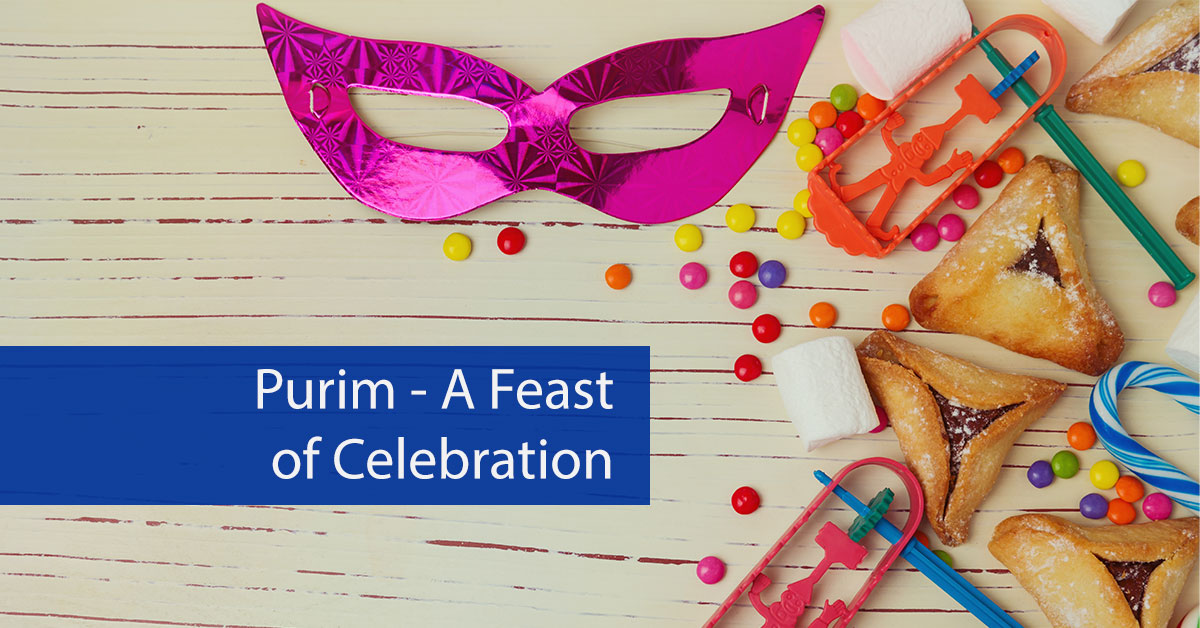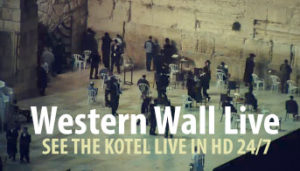 Wherefore they called these days Purim after the name of Pur. Therefore for all the words of this letter, and of that which they had seen concerning this matter, and which had come unto them, The Jews ordained, and took upon them, and upon their seed, and upon all such as joined themselves unto them, so as it should not fail, that they would keep these two days according to their writing, and according to their appointed time every year…(Esther 9:26-27)
Wherefore they called these days Purim after the name of Pur. Therefore for all the words of this letter, and of that which they had seen concerning this matter, and which had come unto them, The Jews ordained, and took upon them, and upon their seed, and upon all such as joined themselves unto them, so as it should not fail, that they would keep these two days according to their writing, and according to their appointed time every year…(Esther 9:26-27)
When God gave Moses the law, He commanded the Jewish people to observe seven Feasts throughout the year. Over the intervening centuries, two additional celebrations were added marking vitally important events in Jewish history. One of these is Hanukkah—the Festival of Lights—that celebrates the cleansing and re-dedication of the Temple under the Maccabees. The other is Purim, which celebrates the deliverance of the Jewish people from Haman’s plot to destroy them.
Though the details of the celebration have changed somewhat over the years, the celebration of Purim has been going on for some 2,500 years now. Some rabbis teach that Purim is the one Jewish festival that will never stop being celebrated. The reason that Purim is so important is that it is a reminder of God’s love and deliverance of His Chosen People.
Purim begins on the 14th day of the Hebrew month Adar. This year, the celebration of Purim will begin on March 12th on the Western calendar. Here are some of the things that make up the Purim festivities.
One of the central parts of the Purim observance is the reading of the book of Esther (the Megillah). According to the Talmud, this custom began at the direction of the Sages of the Great Assembly, of which Mordecai was said to be a member. This reading is usually done in the synagogues on both the evening before and the day of Purim. In some cases, it is only done once.
As part of the Purim reading, whenever the name of Haman comes up, it is “blotted out” by noisemakers. This tradition is believed to date back to the 1200s. In those days, the name of Haman would be written on stones, which would be knocked together until it was erased. Others wrote the name of Haman on the soles of their shoes, and then stomped their feet whenever his name was read as an expression of contempt. In modern times, the use of a noisy ratchet, called a gragger in Yiddish, especially by children drowns out Haman’s name whenever it comes up in the story.
Another important part of the Purim celebration is the giving of food gifts to others and giving charity to the poor. This is according to the instructions that Esther and Mordecai sent to the Jewish people scattered throughout the Persian empire. Today, it is traditional to give two food presents (known as mishloach manot) to at least one other person. These are often wrapped baskets filled with snacks and sweets. In addition, charitable gifts are given to two poor people. These can be either food or money. Often, collections for the poor are taken up during the Purim celebration.
Purim is also observed with a festive meal known as Se’udat Purim. Many times hamantashen, (Haman’s pockets) a sweet pastry filled with fruit or poppy seeds are baked for the celebration. The triangular shape of the treats may be a reference to the three-sided dice used in ancient Persia that Haman cast to determine the date for the death of the Jews.
The upcoming celebration of Purim should be a time for all of us to remember God’s deliverance in the past…and to pray for His continued deliverance in our day. Like Esther and Mordecai of old, we should boldly do what we can to defend His Chosen People, trusting in the God of Israel to hear and answer our prayers.





